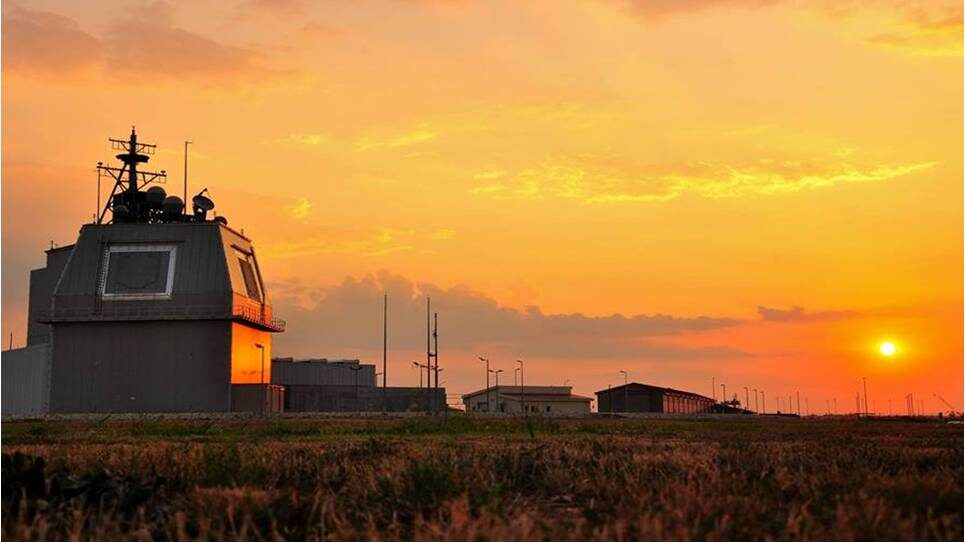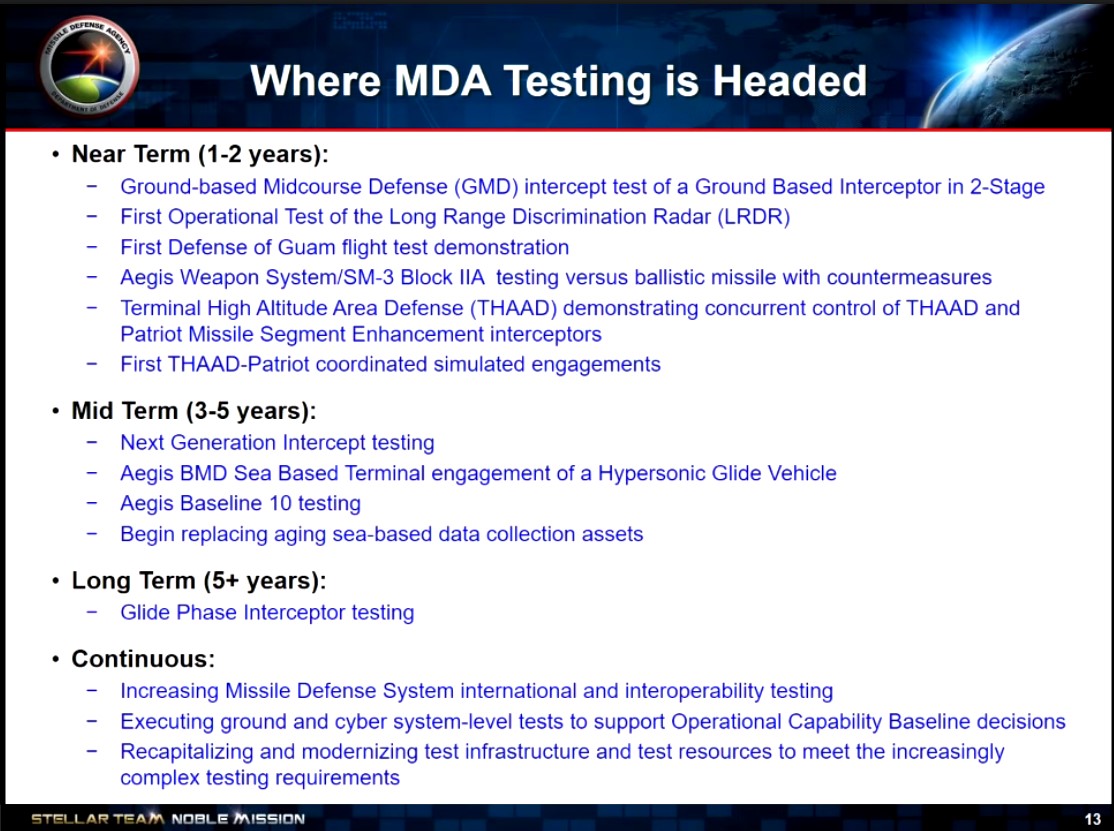
The Missile Defense Agency is basing plans for defense of Guam in part on the Aegis Ashore Missile Defense System (AAMDS) located at Naval Support Facility (NSF) Deveselu, Romania. (US Navy 6th Fleet Photo By: CTF-64 Courtesy Photo)
SMD SYMPOSIUM — The Missile Defense Agency plans to undertake inaugural flight tests of an Aegis missile defense system tailored to defend the US territory of Guam at the end of next year, according to the agency’s acting director.
“We’re going to do our first flight tests with the Aegis Weapon System deployed on Guam with the SM-3 IIA in the December 2024 timeframe,” Rear Adm. Doug Williams told the annual Space and Missile Defense Symposium in Huntsville, Ala. today.
MDA intends to use a modified version of the land-based Aegis Ashore missile defense system, designed for basing in Poland and Romania, as a piece of its multi-layered plan for defense of Guam. The Aegis Weapon System (AWS) is an automated, command-and-control (C2) and weapons control system, with the AN/SPY-6 multi-function phased-array radar for missile detection and tracking at its heart. The AWS for Guam will the SM-3 Block IIA hit-to-kill interceptor, developed jointly by the US and Japan.
The Defense Department’s “Defense of Guam” plan has many moving pieces inside the MDA, Army and Navy budget requests, totaling nearly $1.5 billion for fiscal 2024. For MDA, that pot is $801.7 million — $632.1 million in research, development, test and evaluation activities, and $169.6 million in procurement.
Williams used his talk to lay out MDA’s current test plan for the near-, mid- and long-term, noting that additional tests of the SM-3 Block IIA, as well as tests of improvements to the Terminal High Altitude Area Defense (THAAD) and Patriot short-range missile defense systems are coming up within the next one to two years.

Missile Defense Agency Acting Director Rear Adm. Doug Williams presented the agency’s current test schedule at the SMD Symposium in Huntsville, Ala., on Aug. 9.
Within three to five years, he said, MDA intends to begin testing of the Next-Generation Interceptor, designed to augment the current Ground-Based Interceptors making up the Ground-Based Midcourse Defense program, which is designed to protect the US homeland from “rogue” missiles lofted by North Korea and/or Iran. The agency has budgeted $2.1 billion for NGI in its fiscal 2024 budget request.
At the moment, the agency is hoping to begin NGI testing in 2027, he said, “with the anticipation of operational testing of NGI at the end of 2029.” (MDA has formerly said that it intends to put the first NGIs in silos in 2028 or perhaps even in 2027 as the two prime contractors, Lockheed Martin and Northrop Grumman, are ahead of schedule in their competing developments.)
Finally, Williams said, MDA sees testing of the Glide Phase Interceptor to to shoot down hypersonic missiles before they begin the high-speed maneuvers that make them hard to engage coming sometime beyond the current budget planning cycle of five years (i.e. beyond 2028).
GPI will include new interceptors as well as modifications to the AWS needed to launch them. MDA in its fiscal 2024 budget request asked for $209 million for “early risk reduction” for GPI.






















